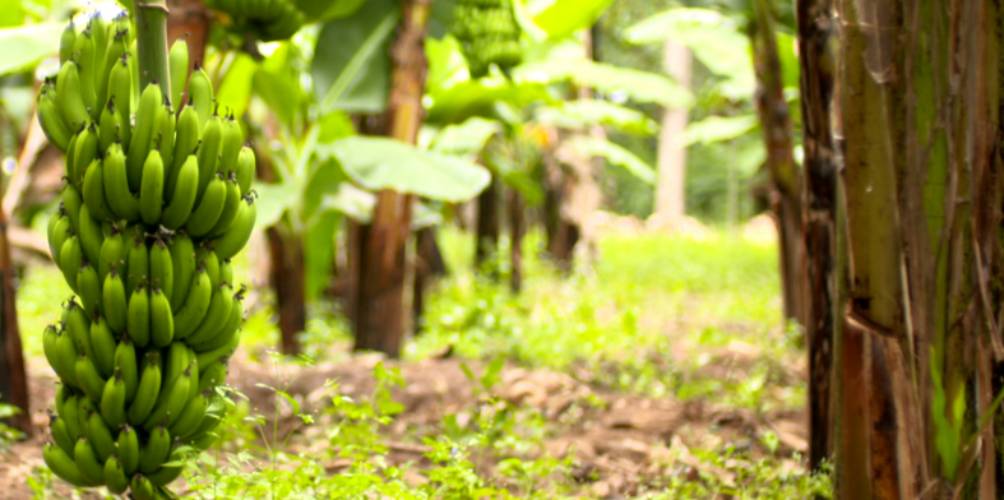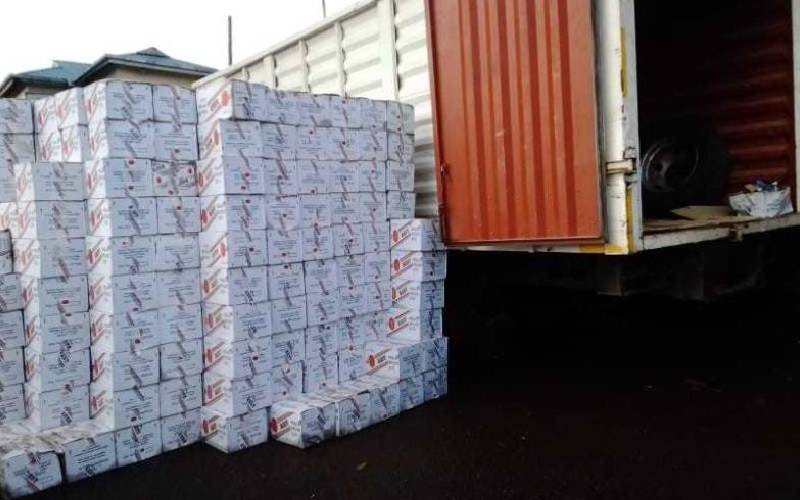
Cereals have dominated human nutrition since the first farmers began to cultivate them, before the dawn of history.
In fact, about ancient history, the agricultural revolution and everything that followed have their origins in a curious and enduring bond first established between communities of hunter-gatherers and abundant wild grasses of the Poaceae family.
The invention of irrigation in Mesopotamia about 8 000 years ago was a momentous first step in the intensification of cereal production, as expanding urban populations sought to meet their food needs by raising productivity.
Whilst civilisation has continued to take shape driven by massive rural to urban migration, Humans have religiously continued to depend on cereals for their food. Over millennia of agricultural practice, More than half the calories that all of human civilisation is based upon come from the seeds of just three grass species – wheat, rice and corn.
Climate change, environmental degradation and stagnating yields now threaten cereal production and world food security. This requires new approach to sustainable crop production necessitating intensification to help feed the world while protecting its natural resources.
Worse still, the bulging world population and shrinking farming land threaten human nutrition and our food security.
Some experts have estimated that we’ll have to produce more food in the next thirty years than we have in the entire history of humanity.
Borrowing from the stagnation of life as we know it as occasioned by the current covid-19 pandemic, if one of the small range of crops we rely on to feed us came under attack by pests, super bugs, or environmental change to the tune of a pandemic, it risks a catastrophic food disaster that could leave millions starving.
Famers across the world are becoming more aware of over dependence on small variety of crops as staple. Growing bananas, also argued as the fourth most important is gaining moment.
Kenya grows around 1.5 million tonnes of bananas annually, and it’s a key local food source. However, a deadly fungus is sweeping the world, and farmers are finding themselves on the front line of the fight to find a solution.
Over dependence on the Cavendish variety, which makes up almost half of all the bananas grown on the planet, has made it more susceptible to Panama disease and is at imminent risk of extinction.
To mitigate this, researchers at the Kalro Kakamega Research Institute have been studying alternative banana varieties, this is in the hope they can be as popular as the Cavendish, but less susceptible to disease.
In a recent interview with the BBC for the Follow the food; seeds of life series, Dr Ludovicus Okitoi, principal research scientist at Kalro, said: “The Cavendish is dying because it’s prone to pests and diseases. We have the FHIA-17 that is coming up that’s very tolerant to some of the pests and diseases we have around. They’re also much more tolerant compared to the Cavendish, so in areas where we get little rain, we will still have a harvest.”
George Mtate, a farmer in Myanga, has been trying the FHIA-17 variety, amongst others on his homestead. He opines that “The FHIA-17 is the banana of the future. Most diseases do not affect it in the way that they affect other types. It’s quite a promising type of banana. I’m hopeful.”
The FHIA breeds were originally developed in Honduras and now they’re being trialled in over 50 countries worldwide. Speaking about the new variety of banana in the same BBC series, Isaac Ogutu, farm systems co-ordinator at Send A Cow, a Kenyan NGO which helps smallholder farmers, like George, grow their futures said, “We want to have farmers who are food secure. Bananas can give our farmers very good food security.”
With a combined annual harvest of some 2.5 billion tonnes, maize, rice and wheat are the world's most widely cultivated crops and the foundation of world food security. Every day, humanity consumes millions of tonnes of those cereals in an almost endless variety of familiar forms - from steaming bowls of rice and plates of maize porridge to bread, tortillas, tamales, naan, chapatis, pasta, pizza, pies and pastries. Millions of tonnes more reach us by an indirect route, having been fed first to cattle, pigs and poultry that produce much of the world's meat, milk and eggs. With the global population expected to rise to 10 billion in the next 30 years, the UN predicts that food production will need to double by 2050. To achieve this, overdependence on traditional food varieties must open up new concepts and embrace crop diversification.
 The Standard Group Plc is a
multi-media organization with investments in media platforms spanning newspaper
print operations, television, radio broadcasting, digital and online services. The
Standard Group is recognized as a leading multi-media house in Kenya with a key
influence in matters of national and international interest.
The Standard Group Plc is a
multi-media organization with investments in media platforms spanning newspaper
print operations, television, radio broadcasting, digital and online services. The
Standard Group is recognized as a leading multi-media house in Kenya with a key
influence in matters of national and international interest.
 The Standard Group Plc is a
multi-media organization with investments in media platforms spanning newspaper
print operations, television, radio broadcasting, digital and online services. The
Standard Group is recognized as a leading multi-media house in Kenya with a key
influence in matters of national and international interest.
The Standard Group Plc is a
multi-media organization with investments in media platforms spanning newspaper
print operations, television, radio broadcasting, digital and online services. The
Standard Group is recognized as a leading multi-media house in Kenya with a key
influence in matters of national and international interest.






